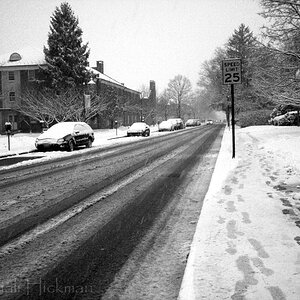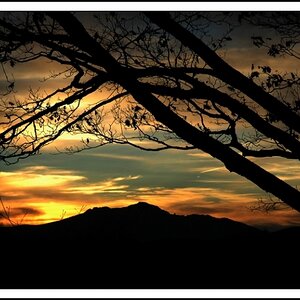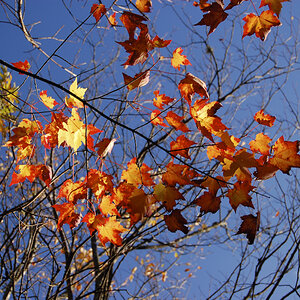aliciaqw
TPF Noob!
- Joined
- Mar 28, 2010
- Messages
- 219
- Reaction score
- 0
- Location
- California
- Can others edit my Photos
- Photos OK to edit
DH is going to build me a small "studio" in the garage (he likes projects and I like projects that benefit me...haha).
I'm mostly going to practice portraits of my family members. I think I'm going to have one main light with a softbox or umbrella, use a reflector for a fill light, and then have a hair/back light.
What kind of lights should I get? I want to stay within a few hundred dollars.
If there is a thread like this already posted, feel free to post a link. I tried a search but was unsuccessful. Thanks!
I'm mostly going to practice portraits of my family members. I think I'm going to have one main light with a softbox or umbrella, use a reflector for a fill light, and then have a hair/back light.
What kind of lights should I get? I want to stay within a few hundred dollars.
If there is a thread like this already posted, feel free to post a link. I tried a search but was unsuccessful. Thanks!


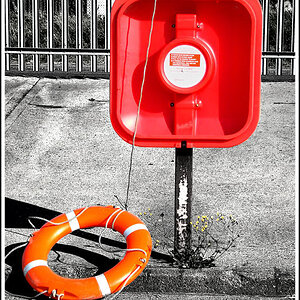
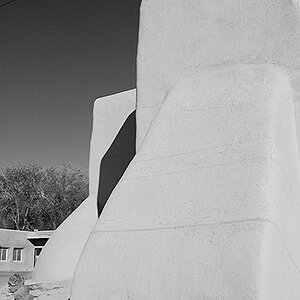
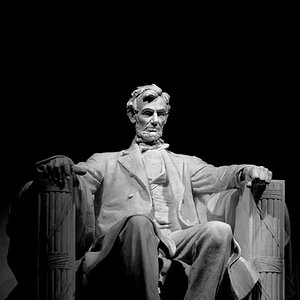
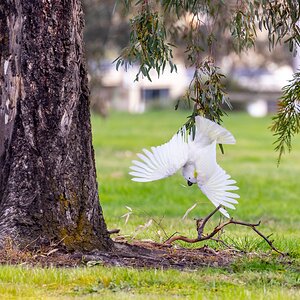
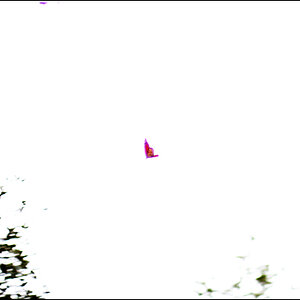
![[No title]](/data/xfmg/thumbnail/39/39293-55a527d2a9b287bf5e5b6d118abab22c.jpg?1619738958)
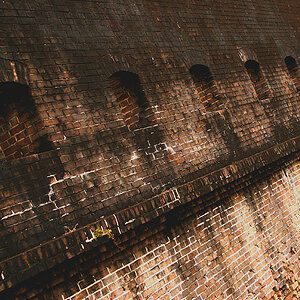
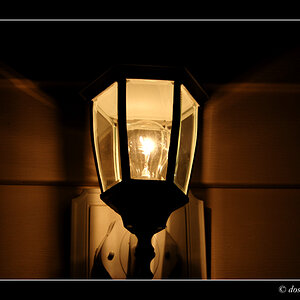
![[No title]](/data/xfmg/thumbnail/39/39290-dfb3e819bd94a7f30797638ae1ae27cf.jpg?1619738958)
